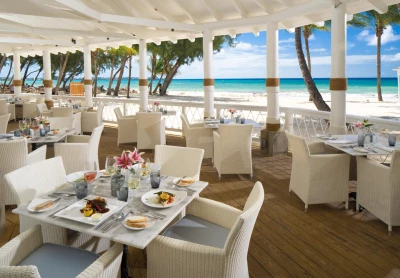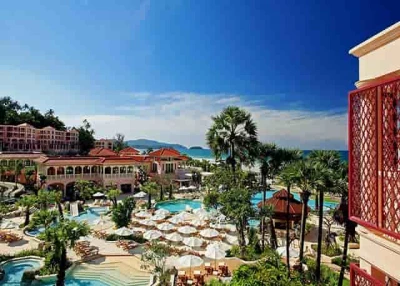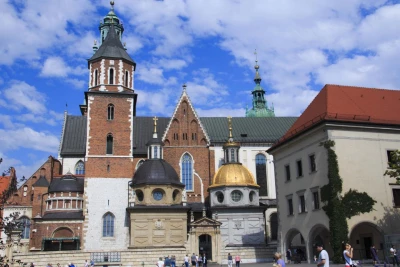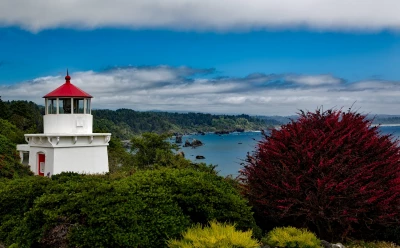
Naples
Naples
Naples is situated in one of the most beautiful locations in Europe. Rising from the sea on the Italian coastline and overlooked by the imposing Mount Vesuvius. Much of its character comes from the fact that local life still weaves in and out of the buildings of former generations. Neapolitans exist in their homes and work places right next door to ancient arches, places and churches.
 Naples
Naples
 Naples
Places of interest within the city include the Cathedral of San Gennaro and the National Museum of Archaeology. It is said that the latter contains the greatest collection of Greek and Roman antiquities in the world, including many artefacts from nearby Pompeii and Herculaneum.
Naples
Places of interest within the city include the Cathedral of San Gennaro and the National Museum of Archaeology. It is said that the latter contains the greatest collection of Greek and Roman antiquities in the world, including many artefacts from nearby Pompeii and Herculaneum.
 Vesuvius
Vesuvius
 Pompei
Naples is also known for its historic castles. Completed in 1279, Castel Nuovo is one of the cities prominent land marks. It was built by the first King of Naples, Charles 1st. There’s also Castel dell’Ovo (Castle of the Egg) and Castel Sant’Elmo. Travelling further afield, Naples is a good base to visit other coastal beauty spots such as the Isle of Capri and Sorrento. Closer to home there’s Pompeii and Herculaneum which were destroyed by the great eruption of Mount Vesuvius in 79 AD. Having visited both of these ancient ruins, if your time is short, I would suggest you concentrate on a visit to Pompeii.
Pompei
Naples is also known for its historic castles. Completed in 1279, Castel Nuovo is one of the cities prominent land marks. It was built by the first King of Naples, Charles 1st. There’s also Castel dell’Ovo (Castle of the Egg) and Castel Sant’Elmo. Travelling further afield, Naples is a good base to visit other coastal beauty spots such as the Isle of Capri and Sorrento. Closer to home there’s Pompeii and Herculaneum which were destroyed by the great eruption of Mount Vesuvius in 79 AD. Having visited both of these ancient ruins, if your time is short, I would suggest you concentrate on a visit to Pompeii.
Pompei The eruption destroyed the city, killing its inhabitants and burying it under tons of ash. The site was undiscovered for 1,500 years until 1599. Objects that were underneath the city have been well preserved because of the lack of air and moisture. During the excavations, plaster was used to fill in the voids that once held human bodies, thus allowing us to see the positions in which people were in when they died. The area covered by Pompeii is vast and you would be hard pushed to see everything in a day. An organised tour is a must if you want to make the most of your visit.
 Pompei
Pompei
 Herculanium
Herculanium
 Herculanium
Herculaneum Herculaneum is 10 miles closer to Naples than Pompeii, and is very much smaller. The whole site can be explored in less than a day. The other major difference with Pompeii is how much of it has been preserved because of its proximity to Mount Vesuvius. Even wooden objects such as roof tops and beams have survived. The volcano erupted for three days and Herculaneum was first enveloped by a burning cloud and then it was covered by a river of boiling mud. The mud cooled to form a solid mass of tuff stone about 20 m thick.
Climate Naples has a Mediterranean climate with mild, wet winters and hot, dry summers. Average high temperatures range from 23C to 30C May to October and 14C to 18C November to April. In the winter months temperatures can dip to an average low of 2C.
Eating Out The Italians are passionate about their food and the Neapolitans are responsible for some of the most popular. Pizza plays a prominent part and gourmets would agree that the original Neapolitan pizza is the best. Pasta is also very popular. Their cheeses are delicious. Try the ricotta or the best of all the mozzarella di bufala, made from the milk the local herds of buffalo.
Getting There There are regular flights from most major UK airports, please ring for more information. For more information about this fascinating destination please call Sue on 01455 213590 or e-mail sue@designertravel.co.uk
Herculanium
Herculaneum Herculaneum is 10 miles closer to Naples than Pompeii, and is very much smaller. The whole site can be explored in less than a day. The other major difference with Pompeii is how much of it has been preserved because of its proximity to Mount Vesuvius. Even wooden objects such as roof tops and beams have survived. The volcano erupted for three days and Herculaneum was first enveloped by a burning cloud and then it was covered by a river of boiling mud. The mud cooled to form a solid mass of tuff stone about 20 m thick.
Climate Naples has a Mediterranean climate with mild, wet winters and hot, dry summers. Average high temperatures range from 23C to 30C May to October and 14C to 18C November to April. In the winter months temperatures can dip to an average low of 2C.
Eating Out The Italians are passionate about their food and the Neapolitans are responsible for some of the most popular. Pizza plays a prominent part and gourmets would agree that the original Neapolitan pizza is the best. Pasta is also very popular. Their cheeses are delicious. Try the ricotta or the best of all the mozzarella di bufala, made from the milk the local herds of buffalo.
Getting There There are regular flights from most major UK airports, please ring for more information. For more information about this fascinating destination please call Sue on 01455 213590 or e-mail sue@designertravel.co.uk
We'll call you back
Leave us your contact details and we will be in touch.
Newsletter Signup
My Articles
-

Sandals Barbados
After a multi million dollar investment the newly refurbished Sandals Barbados has finally opened it -

CENTARA GRAND BEACH RESORT AND VILLAS HUA HIN THAILAND
The Centara Grand in Hua Hin is a multi award winning beachfront property. Built in colonial style -

Hemingways Watamu Kenya
Hemingways Watamu a member of the Small Luxury Hotels of the World. This gem of a hotel has to be se -

Short Break To Krakow
Wawel Castle I recently had the good fortune to visit the beautiful city of Krakow which is situa -

Cuba
When you think of the Caribbean you don't necessarily think of Cuba, even though its the biggest -

TRINIDAD AND TOBAGO
Trinidad and Tobago, twin slices of heaven on earth. Situated in the Southern area of the Caribbean